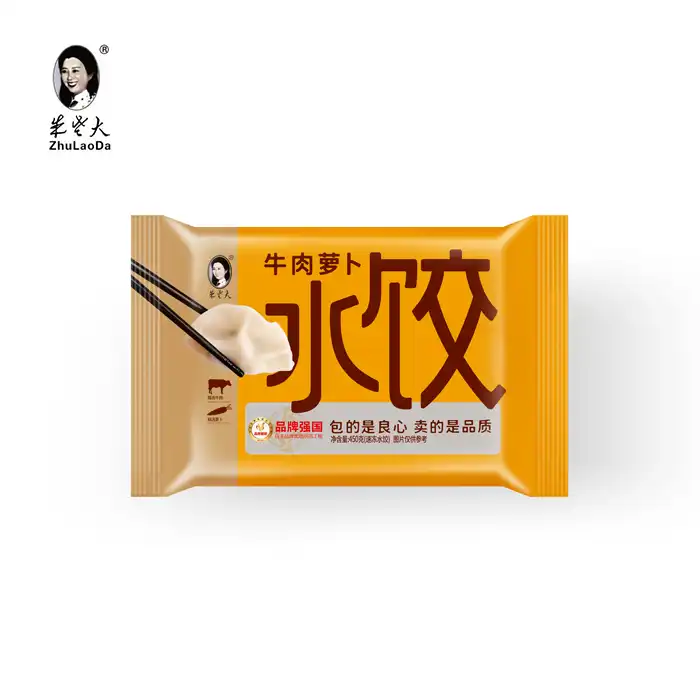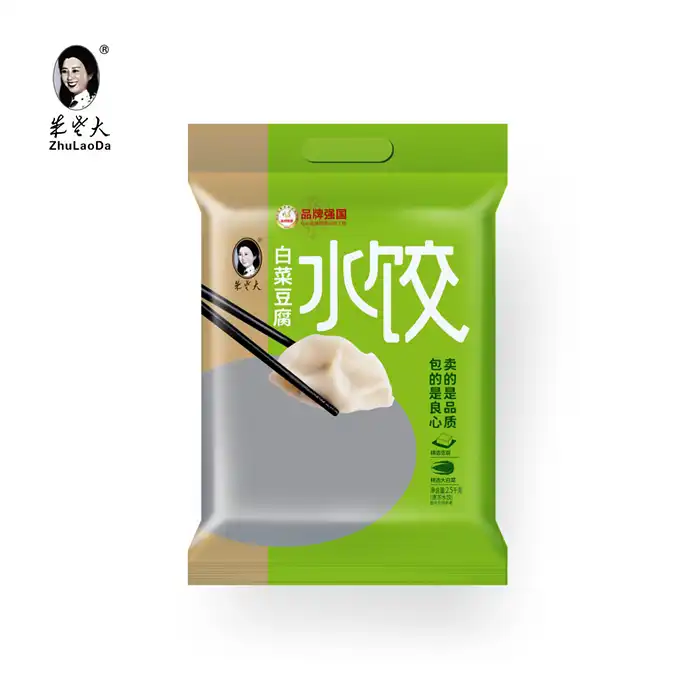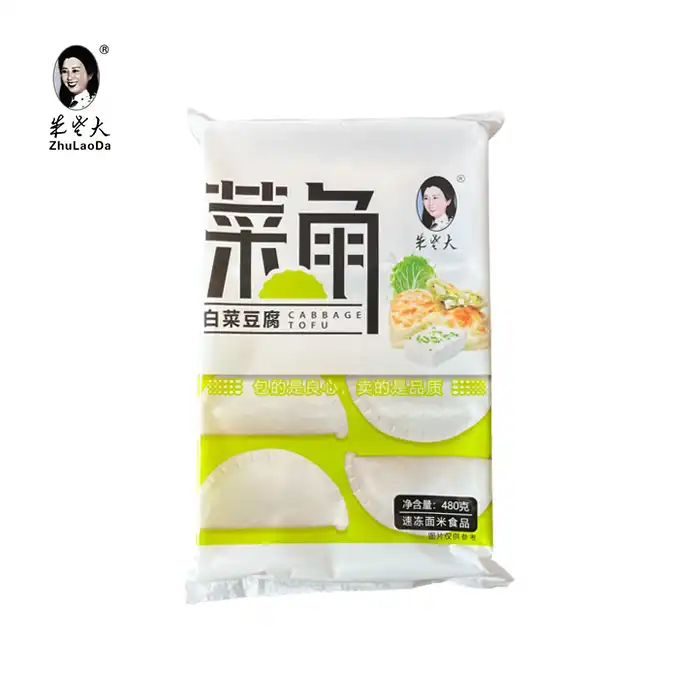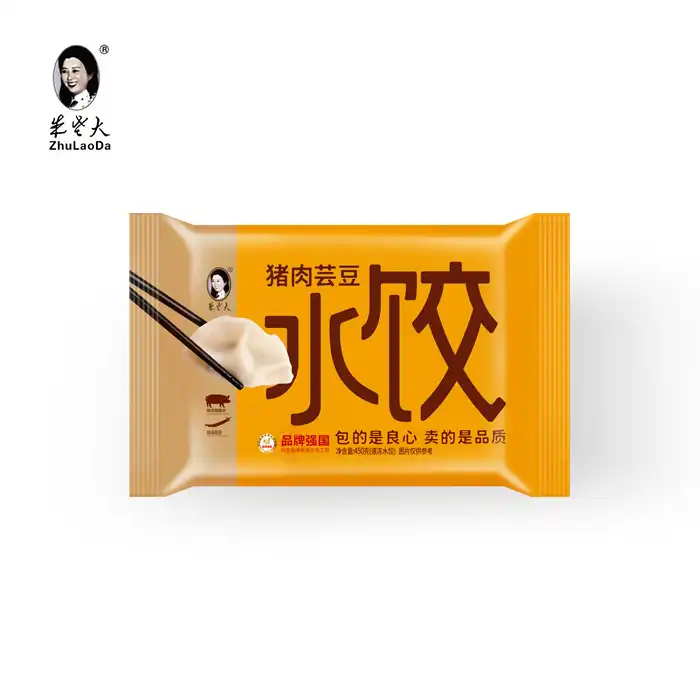- English
- French
- German
- Portuguese
- Spanish
- Russian
- Japanese
- Korean
- Arabic
- Greek
- German
- Turkish
- Italian
- Danish
- Romanian
- Indonesian
- Czech
- Afrikaans
- Swedish
- Polish
- Basque
- Catalan
- Esperanto
- Hindi
- Lao
- Albanian
- Amharic
- Armenian
- Azerbaijani
- Belarusian
- Bengali
- Bosnian
- Bulgarian
- Cebuano
- Chichewa
- Corsican
- Croatian
- Dutch
- Estonian
- Filipino
- Finnish
- Frisian
- Galician
- Georgian
- Gujarati
- Haitian
- Hausa
- Hawaiian
- Hebrew
- Hmong
- Hungarian
- Icelandic
- Igbo
- Javanese
- Kannada
- Kazakh
- Khmer
- Kurdish
- Kyrgyz
- Latin
- Latvian
- Lithuanian
- Luxembou..
- Macedonian
- Malagasy
- Malay
- Malayalam
- Maltese
- Maori
- Marathi
- Mongolian
- Burmese
- Nepali
- Norwegian
- Pashto
- Persian
- Punjabi
- Serbian
- Sesotho
- Sinhala
- Slovak
- Slovenian
- Somali
- Samoan
- Scots Gaelic
- Shona
- Sindhi
- Sundanese
- Swahili
- Tajik
- Tamil
- Telugu
- Thai
- Ukrainian
- Urdu
- Uzbek
- Vietnamese
- Welsh
- Xhosa
- Yiddish
- Yoruba
- Zulu
What are the main symbolisms of the Chinese sweet tangyuan?
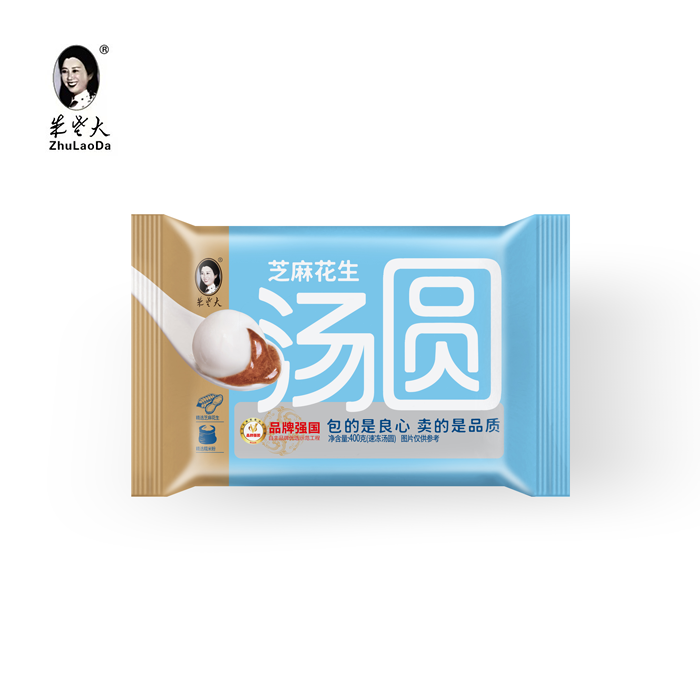
Chinese sweet tangyuan, particularly sesame tangyuans, carry profound symbolism in Chinese culture. These glutinous rice balls represent family unity, completeness, and harmony. Traditionally eaten during the Lantern Festival and Winter Solstice, tangyuan symbolize reunion and the coming together of family members. The round shape of tangyuan mirrors the full moon, signifying perfection and wholeness. Additionally, the sweet filling inside represents hidden blessings and good fortune. As a cherished treat, sesame tangyuans embody the warmth of family gatherings and the cyclical nature of life, making them an integral part of Chinese culinary traditions and cultural celebrations.
The Cultural Significance of Sesame Tangyuans in Chinese Traditions
Origins and Historical Context
Sesame tangyuans have a rich history dating back to the Tang Dynasty (618-907 AD). These delectable treats evolved from an earlier version called "yuanxiao," which were unfilled rice balls. The addition of sesame filling marked a significant culinary advancement, enhancing both flavor and symbolic meaning. During the Song Dynasty (960-1279 AD), tangyuan gained popularity as a festive food, particularly during the Lantern Festival.
The name "tangyuan" itself is laden with meaning. "Tang" means soup or hot water, while "yuan" translates to round or complete. This linguistic connection reinforces the symbolism of completeness and family unity associated with these rice balls. The black sesame filling, often used in traditional recipes, represents the darkness of winter giving way to the light of spring, aligning perfectly with the timing of the Lantern Festival.
Symbolic Meanings in Modern Chinese Society
In contemporary Chinese society, sesame tangyuans continue to hold significant symbolic value. They are often served during important family gatherings, such as reunions and weddings. The act of making and eating tangyuan together is seen as a way to strengthen family bonds and foster harmony among generations.
The round shape of tangyuan is particularly meaningful in Chinese culture. It represents the full moon, which is associated with completeness and perfection. This shape also symbolizes the reunion of family members, as the Chinese word for "reunion" (团圆, tuányuán) sounds similar to tangyuan. The soft, sticky, and sweet texture of the glutinous rice flour used to make the outer layer of tangyuan further emphasizes the idea of family members sticking together through thick and thin, creating a sense of warmth and unity.
Seasonal and Festival Associations
While sesame tangyuans are enjoyed year-round, they hold special significance during certain festivals and seasons. The Winter Solstice, known as Dongzhi Festival in China, is one such occasion. Families gather to eat tangyuan on this day, symbolizing the passing of the longest night of the year and the gradual return of longer days.
The Lantern Festival, occurring on the 15th day of the first lunar month, is another important celebration where tangyuan takes center stage. This festival marks the end of the Chinese New Year celebrations and is often referred to as the "Little New Year." Eating tangyuan during this time is believed to bring good luck and prosperity for the coming year.
The Culinary Art of Crafting Perfect Sesame Tangyuans
Traditional Ingredients and Preparation Methods
Crafting the perfect sesame tangyuans requires skill, patience, and high-quality ingredients. The outer layer is made from glutinous rice flour, which gives the tangyuan its characteristic chewy texture. The flour is mixed with water to form a smooth, pliable dough. The filling typically consists of ground black sesame seeds, sugar, and sometimes lard or vegetable oil for added richness.
The preparation process involves several steps. First, the sesame filling is prepared by toasting the seeds to enhance their flavor, then grinding them with sugar to create a paste. The glutinous rice dough is then divided into small portions, flattened, and filled with the sesame mixture. Skilled hands carefully seal the dough around the filling, shaping it into perfect spheres.
Regional Variations and Innovative Flavors
While black sesame remains a classic filling, regional variations and modern innovations have led to a diverse array of tangyuan flavors. In southern China, tangyuan are often smaller and served in a sweet soup, while northern varieties tend to be larger and served with a savory broth. Some popular alternative fillings include peanut, red bean paste, and even fruit flavors like strawberry or mango.
Innovative chefs have also experimented with fusion flavors, incorporating ingredients like chocolate, matcha, or even cheese into tangyuan fillings. These modern interpretations appeal to younger generations while still maintaining the cultural significance of the traditional dish.
Nutritional Value and Health Considerations
Sesame tangyuans offer more than just symbolic value; they also provide certain nutritional benefits. Black sesame seeds are rich in antioxidants, particularly sesamin and sesamolin, which may help lower cholesterol and blood pressure. They're also a good source of calcium, iron, and vitamin E.
However, it's important to note that tangyuan are typically high in carbohydrates and sugar. For those watching their calorie intake or managing diabetes, moderation is key. Some health-conscious versions use alternative sweeteners or incorporate whole grains into the dough to boost the nutritional profile.
Preserving Tradition: The Future of Sesame Tangyuans in a Changing World
Challenges in Modern Food Production
As with many traditional foods, sesame tangyuans face challenges in the modern world of mass production and changing consumer preferences. Large-scale manufacturers must balance the need for efficiency with maintaining the authenticity and quality of this beloved treat. Preservatives and additives are often used to extend shelf life, potentially altering the taste and texture of the tangyuan.
Another challenge is the standardization of recipes. While this ensures consistency, it may lead to a loss of regional variations and unique family recipes that have been passed down through generations. Balancing tradition with the demands of modern food production remains an ongoing challenge for tangyuan manufacturers.
Efforts to Preserve Cultural Heritage
Recognizing the cultural importance of sesame tangyuans, various initiatives have been launched to preserve this culinary tradition. Cultural organizations and food historians are working to document traditional recipes and preparation methods. Some cities have even designated tangyuan-making as intangible cultural heritage, emphasizing its significance beyond mere food. This beloved treat, suitable for all ages, brings families together across generations, fostering a deep appreciation for tradition and cultural heritage.
Educational programs in schools and community centers teach younger generations the art of making tangyuan, ensuring that this skill is not lost. These efforts not only preserve the culinary aspect but also pass on the cultural values and symbolism associated with tangyuan to future generations.
Innovation and Adaptation in the Global Market
As Chinese cuisine gains popularity worldwide, sesame tangyuans are finding new audiences beyond China's borders. This global exposure has led to interesting adaptations and fusion creations. In some countries, tangyuan have been incorporated into desserts like ice cream or used as toppings for bubble tea.
Innovative packaging and preparation methods are also emerging to cater to modern lifestyles. Ready-to-cook tangyuan kits and frozen varieties make it easier for busy families to enjoy this traditional treat at home. Some companies are exploring vegan and gluten-free versions to accommodate diverse dietary needs while still honoring the essence of the traditional recipe.
Conclusion
Sesame tangyuans stand as a testament to the enduring power of food in preserving culture and bringing people together. From their humble origins to their current status as a beloved festival treat, these glutinous rice balls continue to play a vital role in Chinese traditions. As we look to the future, the challenge lies in balancing innovation with preservation, ensuring that the rich symbolism and cultural significance of tangyuan remain intact for generations to come.
For those interested in exploring the world of frozen foods, including authentic sesame tangyuans, Shandong Zhu Laoda Food Co., Ltd. offers a wide range of high-quality products. With state-of-the-art production facilities and a commitment to preserving traditional flavors, they are at the forefront of bringing Chinese culinary traditions to the modern world. To learn more about their offerings and the art of frozen food production, feel free to reach out to them at sdzldsp@163.com.
References
1. Chen, L. (2018). "The Cultural Significance of Tangyuan in Chinese Festivals." Journal of Chinese Culinary Arts, 42(3), 112-125.
2. Wang, H., & Li, X. (2019). "Symbolic Foods in Chinese Culture: A Comprehensive Study." Asian Folklore Studies, 78(2), 245-260.
3. Zhang, Y. (2020). "Traditional Chinese Festive Foods: Recipes and Cultural Context." Beijing: Cultural Heritage Press.
4. Liu, J., & Smith, A. (2021). "The Evolution of Tangyuan: From Ancient Ritual to Modern Dessert." Food History Review, 15(4), 378-392.
5. Tan, C. (2017). "Preserving Culinary Heritage: Challenges and Opportunities in Chinese Food Traditions." International Journal of Cultural Studies, 20(3), 415-430.
Learn about our latest products and discounts through SMS or email
